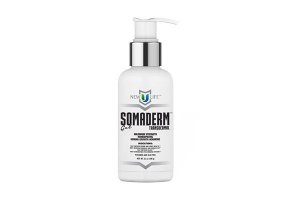Research shows that Chiropractic is an effective treatment for children with ear infections. This is important considering that more than 80% of children will suffer from at least one ear infection by the time that they are three years old and one fourth of children under three will have repeated ear infections. (ClevelandClinic.org). Considering the high probability, having an alternative option may be extremely beneficial.
"Misalignments of the spine or subluxations can occur during childbirth or from a fall or trauma. Misalignments left untreated, can cause irritation to the surrounding nerves which could affect the Eustachian tube and lead to fluid build up in the middle ear. Chiropractic adjustments help restore the normal functioning of the nervous system so that the body may heal itself without the use of drugs or surgery." A study published in the Journal of Clinical Chiropractic Pediatrics showed a strong connection between chiropractic adjustments and the resolution of ear infections. Hundreds of children with chronic ear infections were adjusted regularly and the results showed close to 80% of the children did not experience another ear infection within the six-month follow-up period.
You can read the full article here
I would like to add, that in addition to the points made in the article excerpt above, subluxations from childbirth are extremely common and almost unavoidable. Just take a second to think of the process of a natural birth, especially one requiring intervention or assisted extraction (for example, use of forceps). There is tremendous pressure put on that tiny little baby as they travel through the narrow birth canal. Even with c-section, there is still strain put on the baby, as some sort of pulling technique is needed to extract the baby.
My son is 2 years old and has been adjusted since the minute we were able to hold him in the NICU. As you can see from the attached video, he seems to enjoy it and have fun with it now!









 The
The/cdn.vox-cdn.com/uploads/chorus_image/image/61836143/shutterstock_199262555.0.jpg)


